Tom's Hardware Verdict
Blending Optane memory and QLC flash, Intel’s Optane Memory H20 is an innovative M.2 NVMe SSD that delivers a unique caching experience. It is ultra-responsive to most consumer workloads, especially repetitive tasks.
Pros
- +
+ Optane caching improves system responsiveness
- +
+ Rivals high-end NVMe SSDs in light and mixed workloads
Cons
- -
Low endurance
- -
Optane caching not beneficial in all workloads
- -
Limited to specific systems and 1TB maximum capacity
- -
Slow sustained write performance after the SLC cache fills
- -
Lacks AES 256-bit encryption support
Why you can trust Tom's Hardware
Not too long ago, Intel killed off most of its client Optane products to focus on one — the Optane Memory H20. The H20 marries the company’s latest QLC flash with Optane Memory to provide fast performance for most client workloads, but it can fall short in large sequential transfers. It’s a clever blend of innovation and technology, bringing improvements over the Optane Memory H10, but it still isn’t quite something that has fully won us over for day-to-day use. It also isn't available for stand-alone purchases at retail, so it doesn't make our list of Best SSDs.
Data caching isn’t anything new. For years, Intel has accelerated performance through data caching via various implementations. The company even has competition in the space from software vendors like Enmotus. My first experience with this technology started with the company’s Smart Response Technology a decade ago, which allowed you to use an SSD to cache data from an HDD for faster retrieval. But that was just the beginning.
Intel further refined the technology to leverage its very own Optane Memory to offer unparalleled response times compared to traditional SSDs. The company released products like the M10; low-density, fast access Optane SSDs for use with supported systems. Shortly after, Intel progressed to new designs.
Two years ago, the company released the H10, a dual-controlled, hybrid SSD that was very unique and unlike anything we’ve seen before. The idea was simple: combine the best of both worlds onto a single, slim M.2 SSD stick - high-density NAND flash for capacity along with bleeding-edge Optane Memory for speed. However, our initial impression of the NVMe SSD was rather underwhelming compared to the best SSDs available.
Since then, the company has tweaked and tuned the Rapid Storage Technology caching software with multiple optimizations and improvements. Concurrently, the company focused on advancing the H-series hardware, too. Today, we analyze the latest version of the software in use with the H10’s successor, the H20. Leveraging essentially what is an Intel SSD 670p in conjunction with a newer Optane controller, and of course, that sweet, sweet Optane Memory, Intel’s Optane Memory H20 is quite similar to the H10, only improved.
When Optane caching is enabled, the SSD aggregates the performance of both storage mediums for fast peak performance and fast access times. Intel’s H20 is an OEM-only-oriented product, however, meaning that it is highly unlikely you would ever find this SSD on sale in retail outlets. Still, they may trickle down to eBay or similar marketplaces, so purchasers of systems containing this unique SSD can upgrade their capacity.
Specifications
| Product | H20 512GB | H20 1TB |
|---|---|---|
| Capacity (User / Raw) | 512GB / 512GB | 1024GB / 1024GB |
| Form Factor | M.2 2280 S3 | M.2 2280 S3 |
| Interface / Protocol | PCIe 3.0 x4 / NVMe 1.3 | PCIe 3.0 x4 / NVMe 1.3 |
| Optane Controller | SLMXT | SLMXT |
| Optane Media | 1st Gen 3D Xpoint | 1st Gen 3D Xpoint |
| Optane Capacity | 32GB | 32GB |
| NAND Controller | SM2265 | SM2265 |
| DRAM | DDR3 | DDR3 |
| NAND Flash | Intel 144L QLC | Intel 144L QLC |
| Sequential Read | 3,300 MBps | 3,300 MBps |
| Sequential Write | 2,100 MBps | 2,100 MBps |
| Random Read | 65,000 IOPS | 65,000 IOPS |
| Random Write | 40,000 IOPS | 40,000 IOPS |
| Security | Pyrite 2.0 | Pyrite 2.0 |
| Endurance (TBW) | 185 TB | 370 TB |
Intel’s H20 comes in limited capacities of just 512GB and 1TB, and both models come equipped with 32GB of Optane Memory. Intel rates both for the same up to 3.3/2.1 GBps read/write speeds and up to 65,000/40,000 random read/write IOPS at a queue depth (QD) of 1. While the sequential figures aren't groundbreaking, no flash-based SSD comes close to delivering the same random IOPS performance at low QDs.
Get Tom's Hardware's best news and in-depth reviews, straight to your inbox.
As it is an OEM-only product, the pricing for the device is not clear, but the company states it will ship in June for PCs priced at roughly $800 and up. Additionally, the H20 comes with tight hardware requirements. The H20 is only compatible with 11th-Gen Intel Core series processors and Intel 500-series chipsets or newer. Also, you will need Windows, Intel’s RST Driver 18.1 or newer, and there is no planned retroactive support for previous-gen systems.
The H20 supports Pyrite 2.0 security but lacks AES 256-bit hardware-accelerated encryption. It also supports S.M.A.R.T. data reporting, Trim, and is rated to consume as little as 35mW at idle to reduce power consumption and heat generation.
A Closer Look
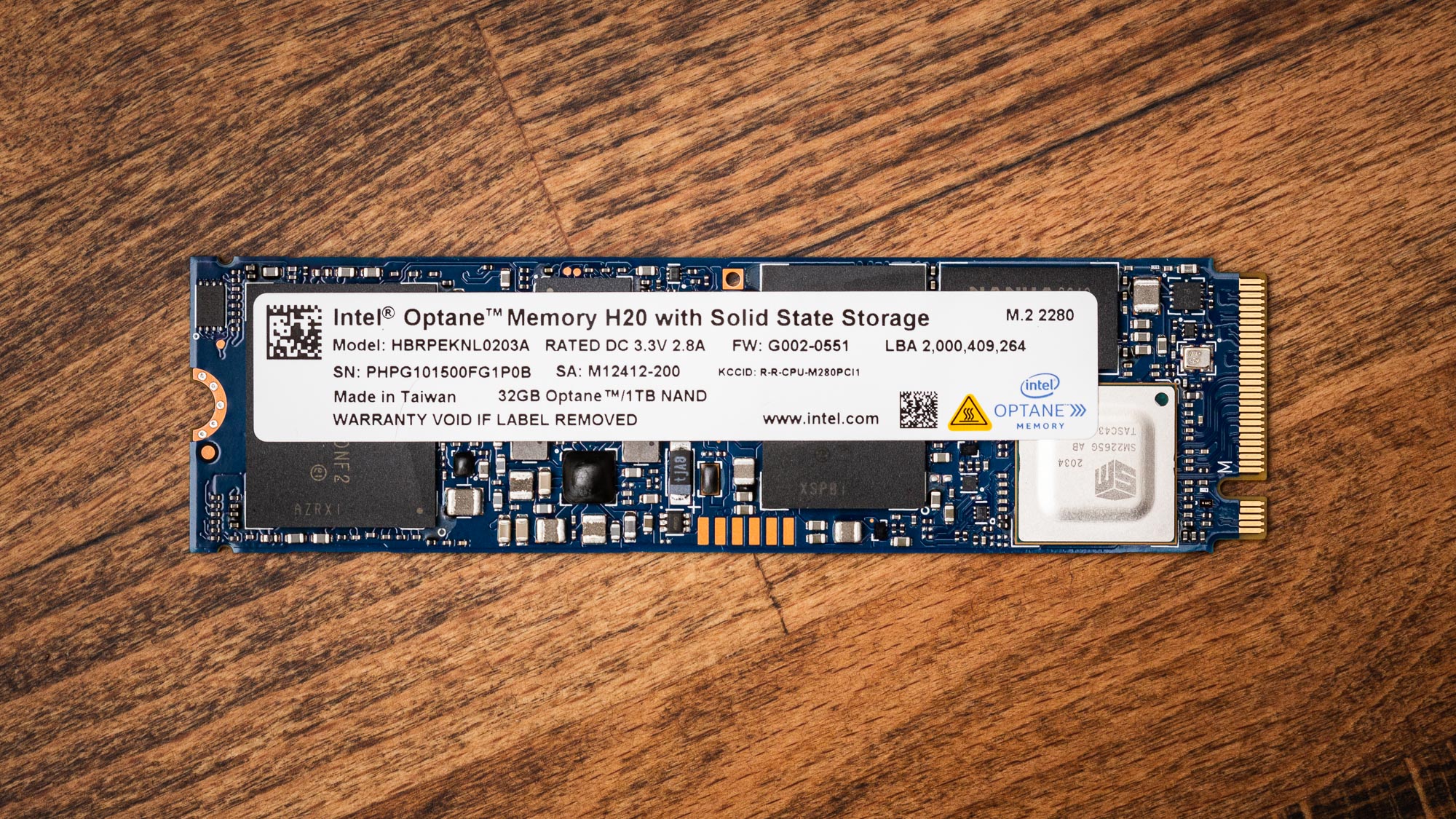

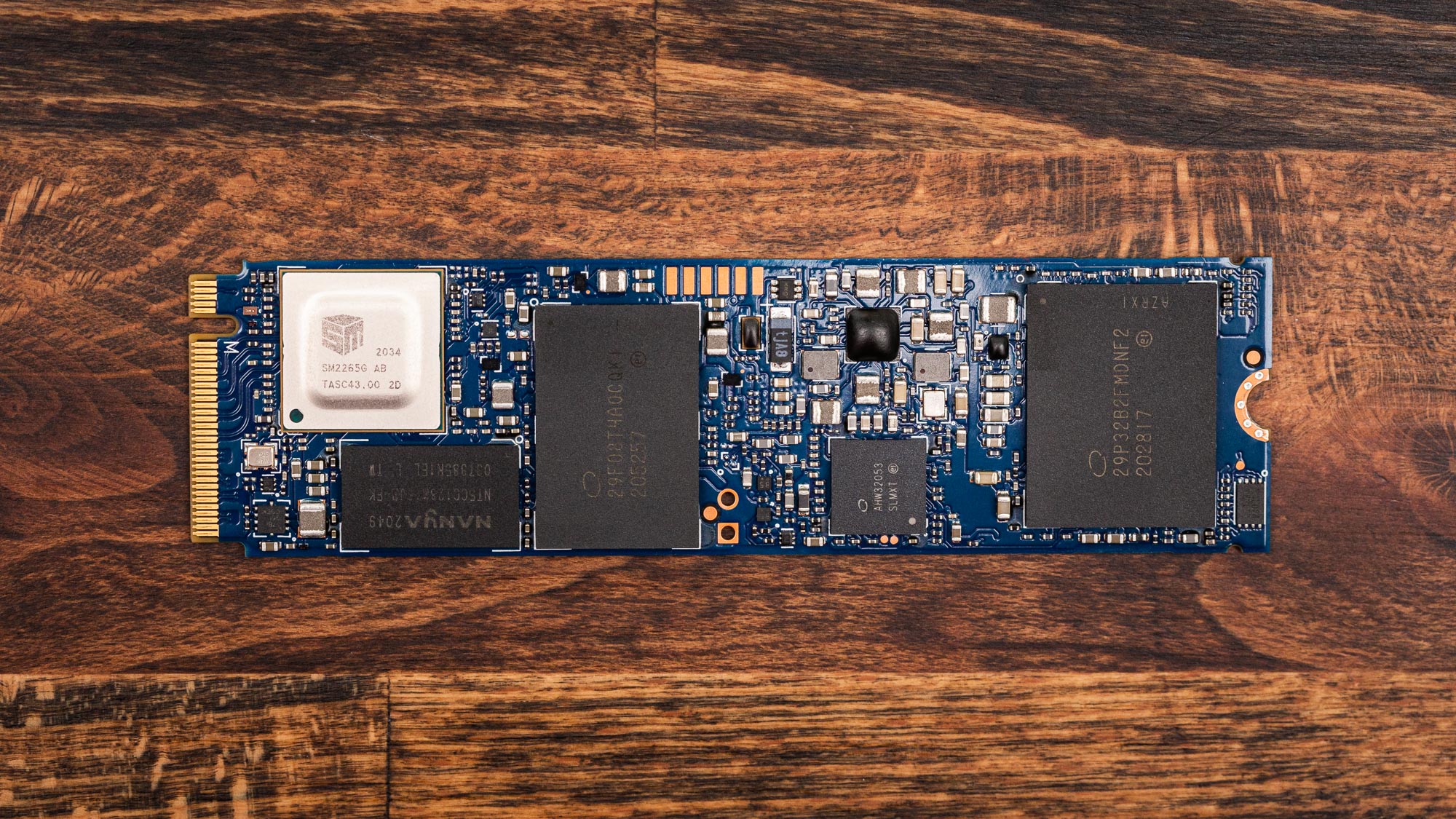
Intel’s H20 comes in an M.2 2280 single-sided form factor. The drive interfaces with the host over four PCIe 3.0 lanes and communicates via the NVMe 1.3 protocol. The H20 takes advantage of the same components found in the company’s 670p and a newer and faster Optane controller. As with the H10, the H20’s SSD controllers are given two lanes each, meaning that sequential performance is limited if you don’t enable Optane Memory acceleration.


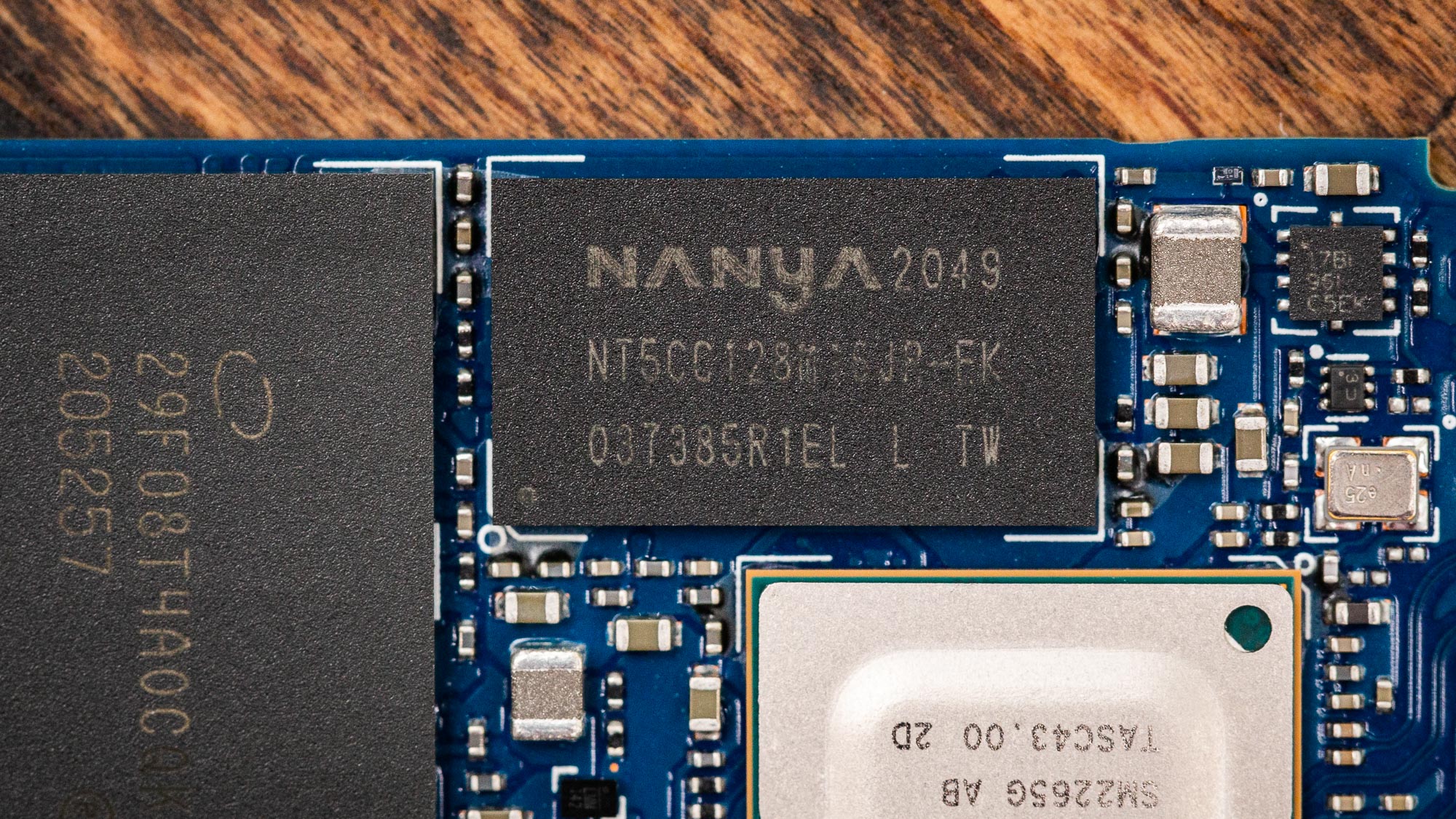
Silicon Motion developed the NAND controller specifically for Intel and the company’s 144L QLC. The SM2265 is a dual-core, four-channel NVMe controller that interfaces with the flash at fast speeds of up to 1,200 MTps, roughly double the speed of the previous-gen flash. The drive does have DRAM, but very little - our 1TB sample contains only 256MB of DDR3.
Intel’s 144L QLC uses a floating gate design with three 48-layer decks stacked atop each other. Each deck can operate as SLC or QLC. Each deck can also be erased without disturbing the data on other decks, which helps reduce latency spikes caused by garbage collection. It also has four planes for handling parallel data operations and a few new reading and writing techniques to improve responsiveness.
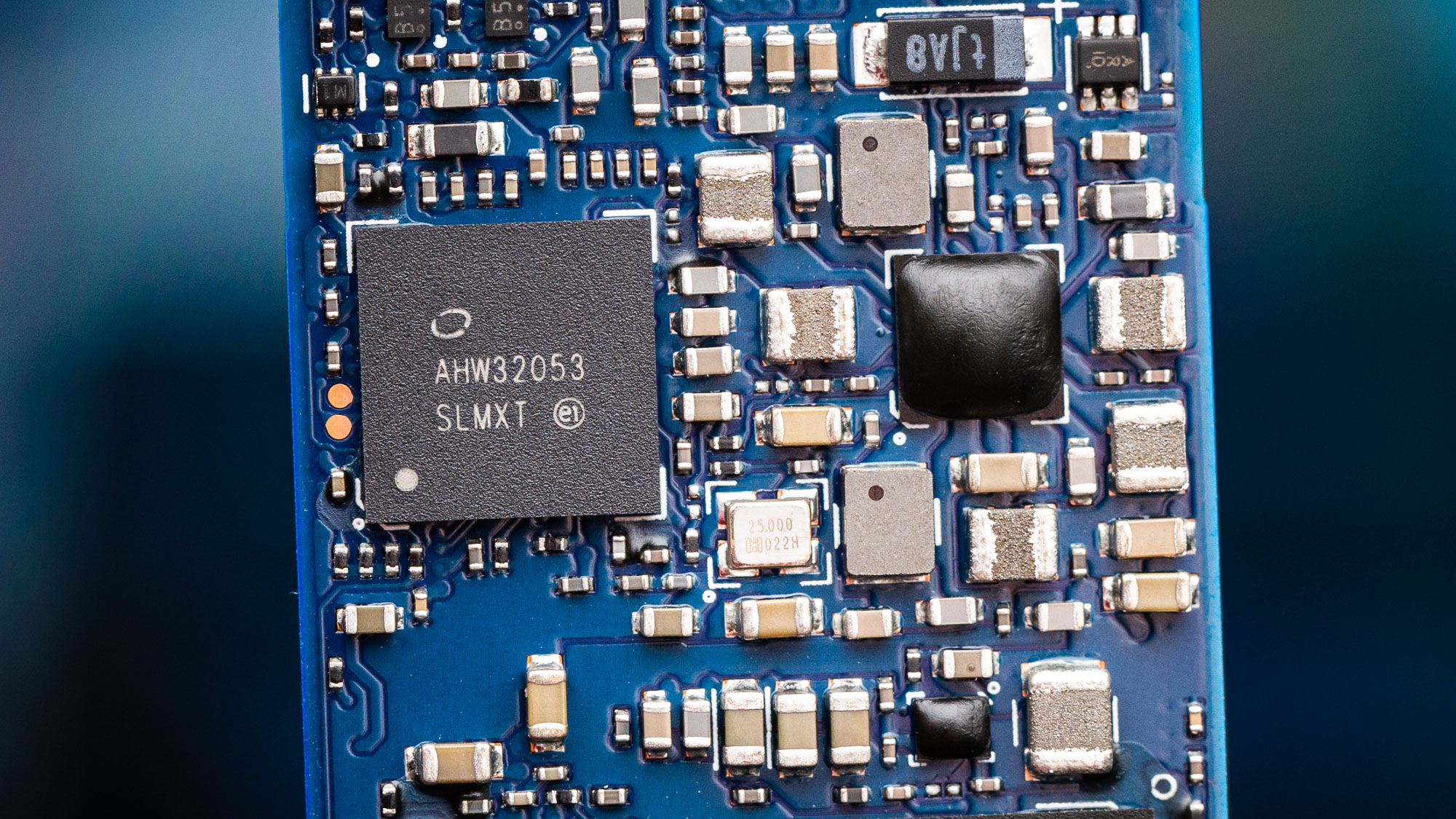
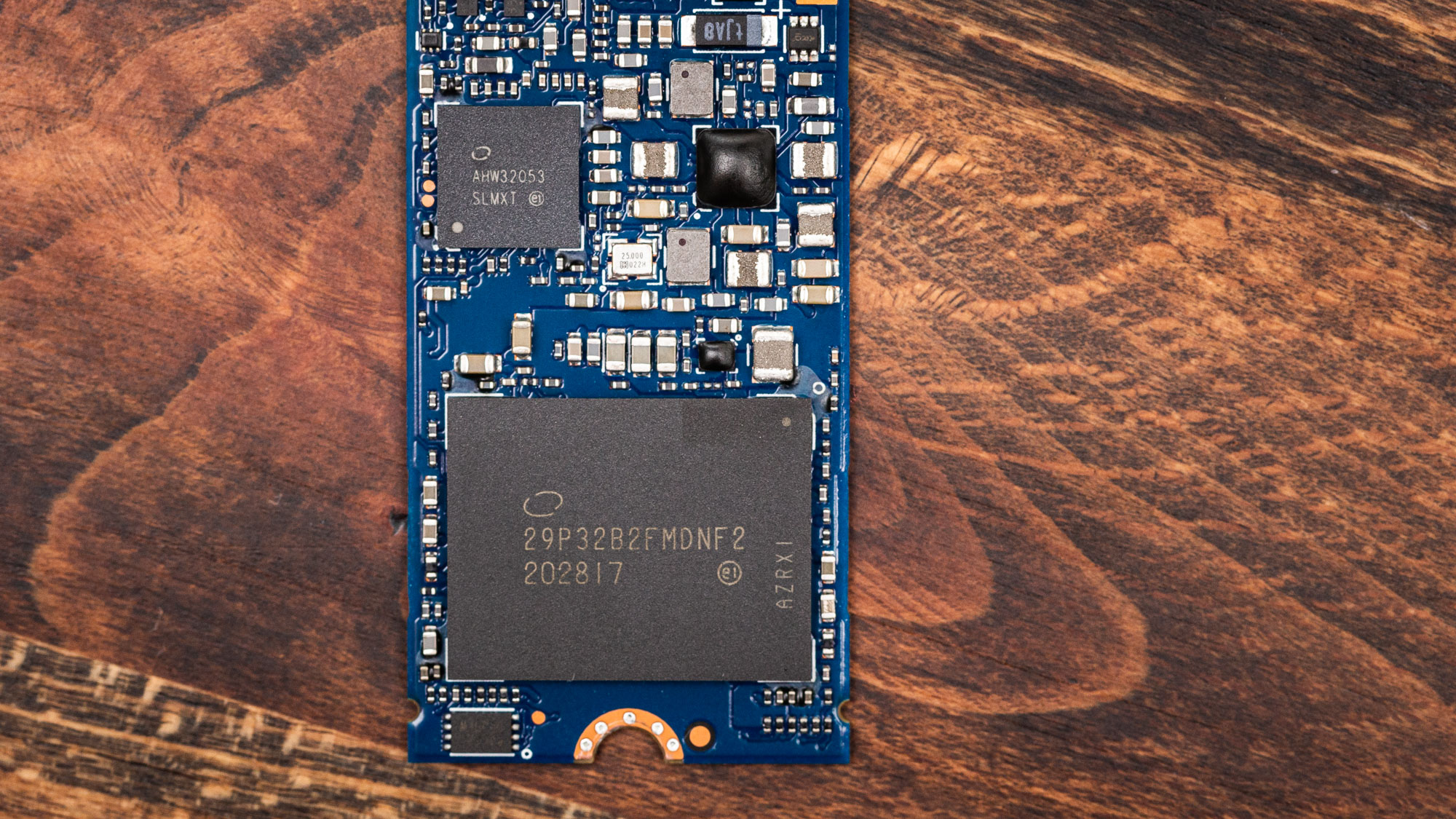
Intel made revisions under the hood of the Optane Media controller, too. It features both performance and power management improvements that reduce overall power consumption, something that is needed when handling power-hungry Optane media on an M.2 form factor in its own right, and even more important when combining it with the secondary storage components. The Optane Memory is still first-gen media, however.
MORE: Best SSDs
MORE: How We Test HDDs And SSDs
MORE: All SSD Content

Sean is a Contributing Editor at Tom’s Hardware US, covering storage hardware.
-
mac_angel seriously confused at why anyone, especially Intel, is releasing new PCIe gen 3 products still. They've been years behind AMD and PCIe gen 4, and are even saying they are releasing PCIe gen 5 later this year. All of which are backwards compatible, so the excuse of a lot of people still have PCIe gen 3 doesn't cut it.Reply
I was going to add, "especially with AMD's market share skyrocketing", but I'm not so sure if that's the case any more. AMD has suffered the stock issue while Intel's new CPUs haven't as much. Even myself, I was waiting months to try to get an AMD Ryzen 9 5900X, but could never find stock. What I did find last month was an Intel Core i9 11900k. "A bird in the hand..." and all that crap. -
Sleepy_Hollowed ReplyPhil318 said:Hi, I have 16 GB intel optane memory. Is there a way I can use it for my Ryzen 5?
There's no easy answer for this: It can work, but it depends on the motherboard support for it, you'd have to check the QVL the manufacturer has (hopefully they do) to check which one has support for it. It's also highly dependent on the Optane product.
For example, Asrock has a QVL but you're going to have to hunt around with product numbers. This one works: MEMPEK1W032GA
QVL URL: https://asrock.com/mb/AMD/X570%20Pro4/index.asp#Storage